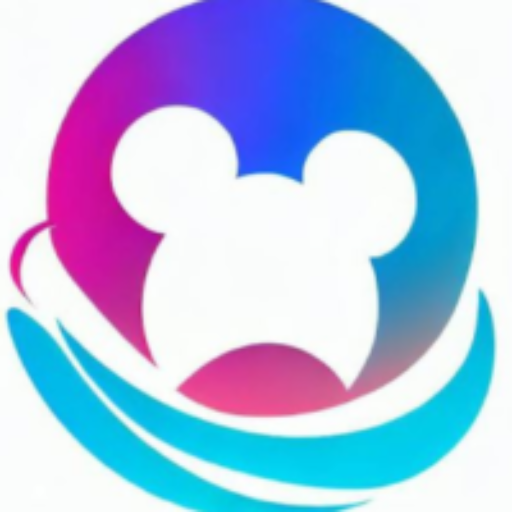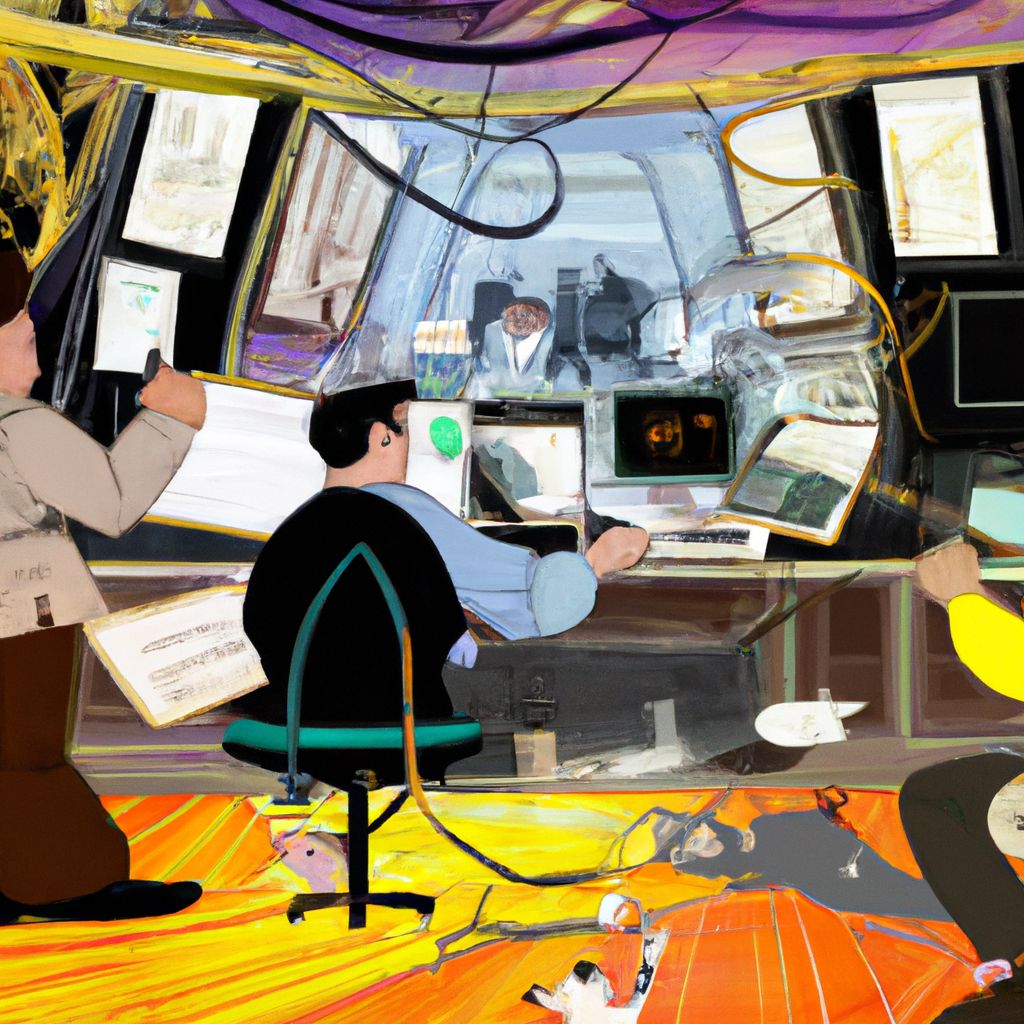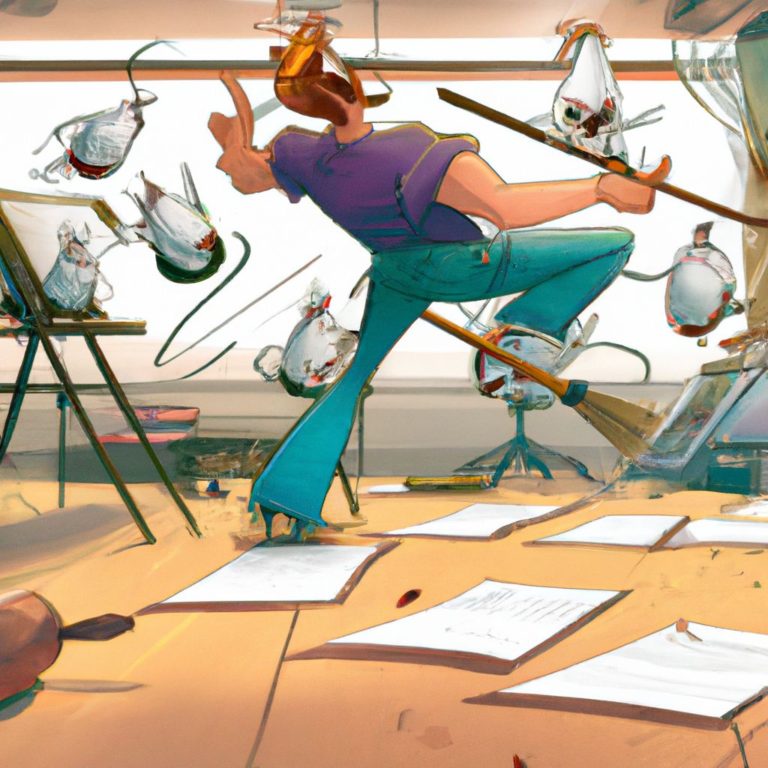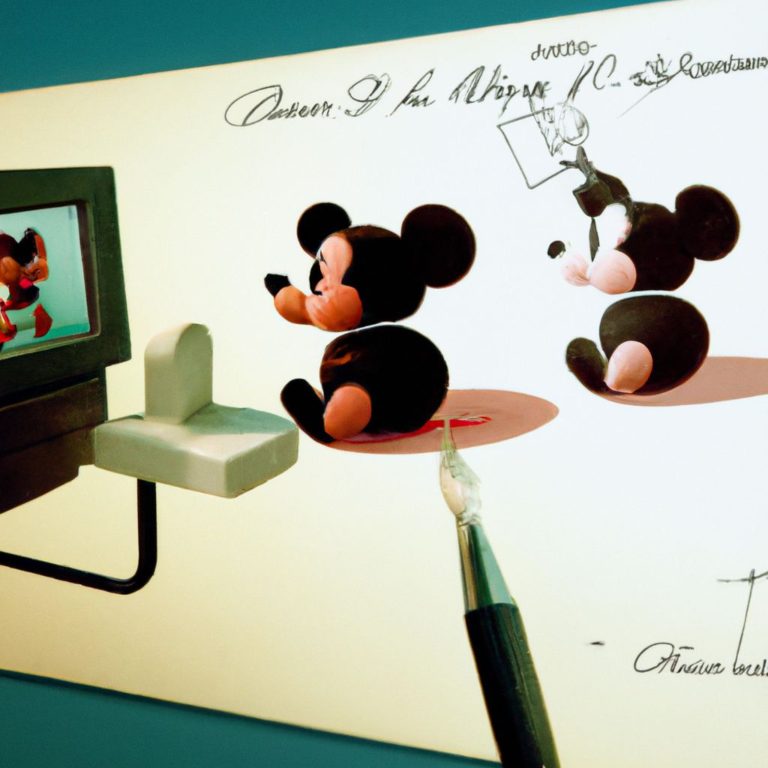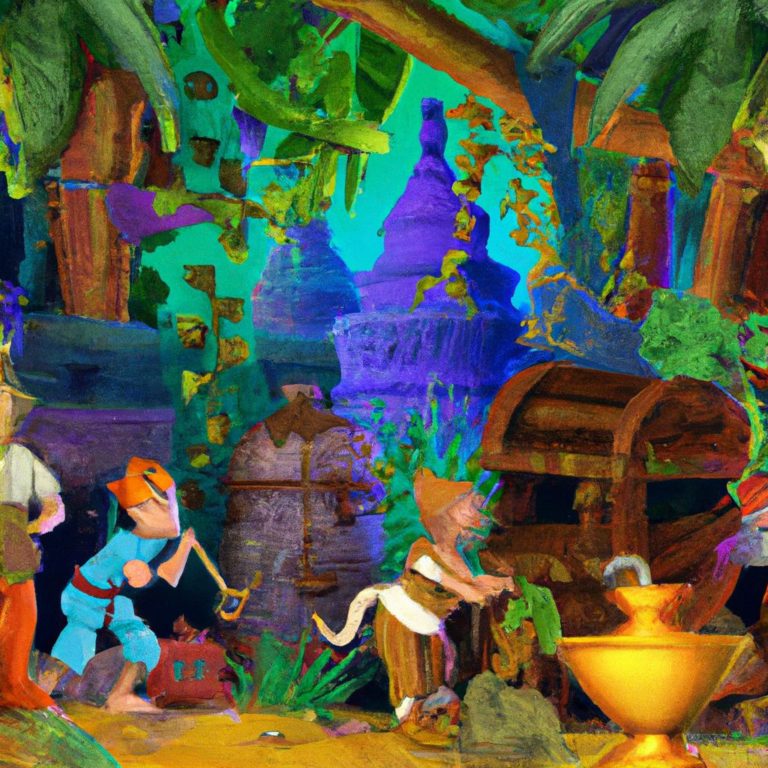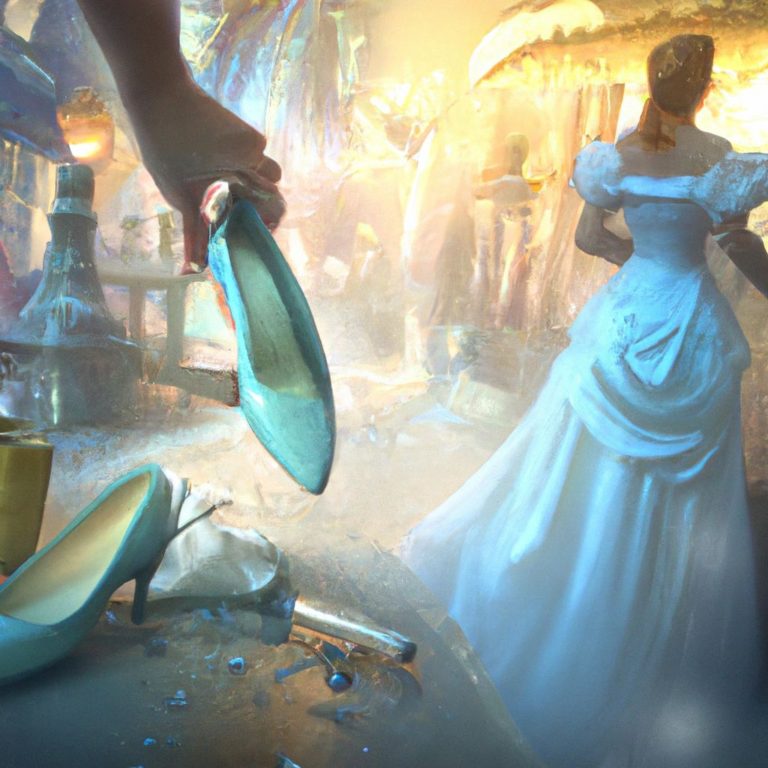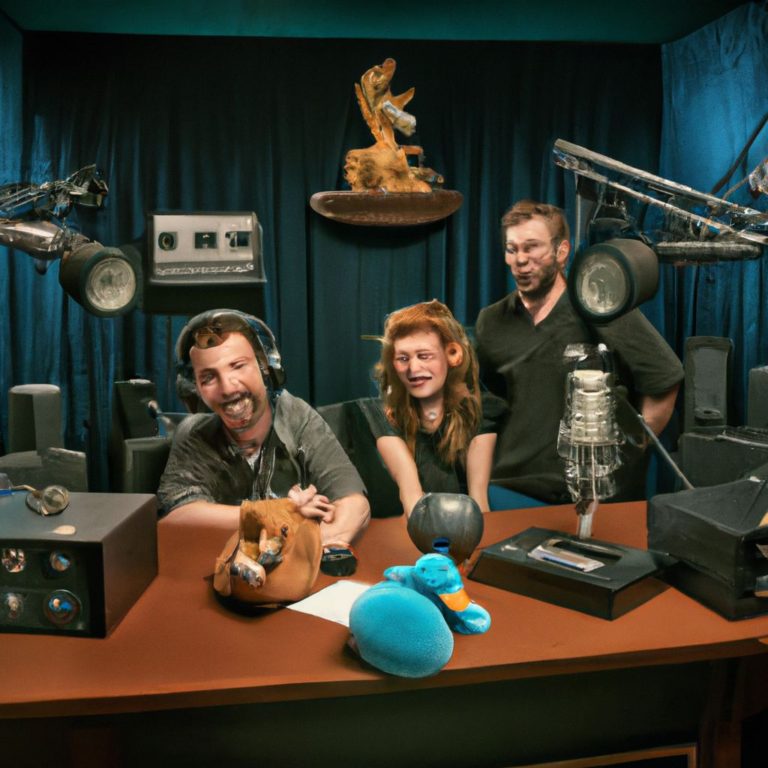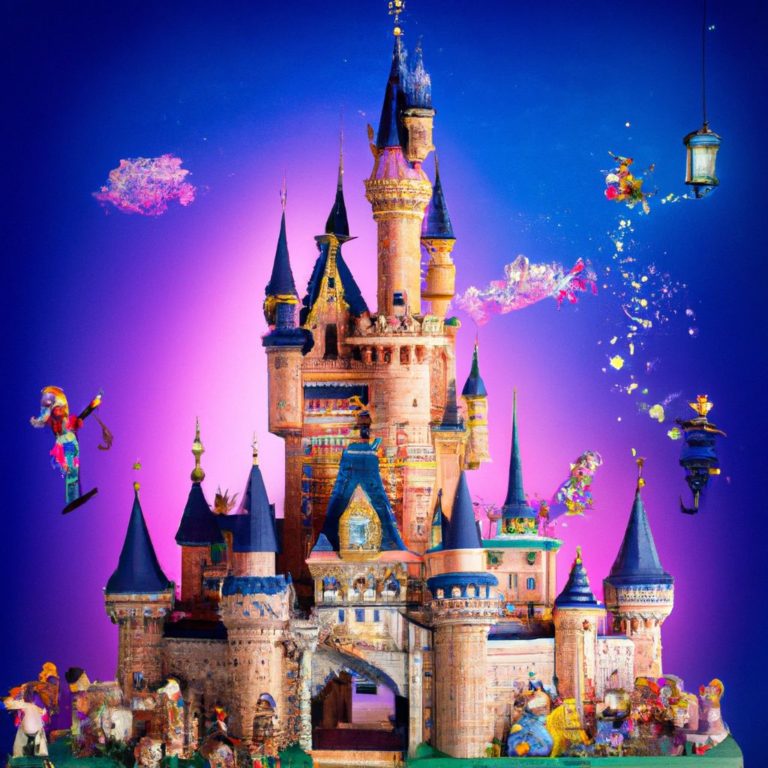How Disney Animation Is Made
- 100 Disney Facts That Might Surprise You - June 24, 2023
- Secrets Of Disneyland Attractions - June 24, 2023
- Real Life Inspirations Behind Disney Movies - June 24, 2023
Introduction to Disney Animation
Disney animation is a magical world where imagination and creativity come together. To make these enchanting stories, creators use a meticulous process. It starts with a concept for a story. This initial spark is formed into characters and an intriguing plot. Storyboarding helps visualize the key moments. Then, they design each character to have a unique personality and look. Animators use hand-drawn and computer animation techniques to make the characters move. They carefully craft each movement to express emotion and realism. Disney Animation is a leader in technology and innovation. From Walt Disney’s use of synchronized sound to computer-generated imagery in “Toy Story,” they stay at the cutting edge!
The Art of Storyboarding
Storyboarding is an important part of creating Disney animations. It’s all about planning and organizing the sequence of shots and scenes. It helps give structure to the narrative and serves as a guideline for animators and directors.
Let’s look at the key elements of storyboarding:
| Key Elements | Description |
|---|---|
| Story Outline | A brief summary of the plot and character development. |
| Thumbnail Sketches | Quick, rough drawings of the main actions and key moments in each scene. |
| Camera Angles | Choosing angles, from wide-angle to close-ups, to express emotions and enhance storytelling. |
| Dialogues/Script | Including dialogues or script excerpts with visual cues to sync audio and visuals. |
| Timing/Sequencing | Setting the timing of each scene for smooth transitions. |
Storyboarding goes beyond drawings; it sets the scene for animation. Details like character expressions, backgrounds, and camera movements help shape the final product.
Pro Tip: When storyboarding, try different compositions and perspectives. This adds depth to your animation sequences and shows off your creativity.
Ready to become a Disney character? Step 1: Get animated. Step 2: Say goodbye to your social life.
Character Design
Disney animators pay close attention to every detail in character design. This helps the characters to connect with viewers emotionally. The team takes inspiration from nature, history, mythologies and even real-life people. This allows them to create unique characters that are loved worldwide.
The “Quirky Science Lab” researches innovative techniques for creating lifelike characters. This dedication to pushing boundaries has won Disney many awards.
It is no surprise that Disney Animation continues to captivate audiences with its memorable characters. Their artistry is truly one-of-a-kind!
Animation Techniques
Disney animators possess the power to transform a blank canvas into a mesmerizing world, making Bob Ross jealous! They create detailed hand-drawn images on paper, which are transferred onto cels. These cels are then painted on the back and stacked to add layers of depth. Finally, they are photographed one by one for a motion illusion.
Moreover, Disney uses computer software like Autodesk Maya and RenderMan to generate 3D models and environments. Artists then manipulate the models to form intricate scenes with complex textures, lighting, and physics simulations.
In recent years, Disney has embraced digital animation techniques such as 2D vector and Flash animation. These methods help streamline the production process while keeping the traditional animation feel. Plus, these digital tools offer endless possibilities for creativity and experimentation.
Additionally, Disney pioneers new technologies like motion capture, where actors’ movements are recorded using sensors. This data is then used to animate characters realistically. Plus, they experiment with virtual reality and augmented reality to enhance storytelling experiences.
It’s noteworthy that Disney was awarded a Scientific & Technical Academy Award in 1990 for their revolutionary CAPS (Computer Animation Production System). This allowed artists to combine hand-drawn animation with computer-based techniques seamlessly.
Background Design and Visual Development
Creating stunning visuals requires a meticulous process. One step is Background Design and Visual Development. It involves concept art, color scripting, layouts, set dressing, matte painting, lighting design, and visual effects.
Aspiring animators should find inspiration from real-life surroundings and study other art forms to create captivating visuals. Voice acting may appear glamorous, but the actors behind Disney characters need to put in a lot of effort – more than a tired parent trying to get their toddler to eat broccoli!
Voice Acting and Dialogue Writing
Voice actors are chosen for each character based on their unique vocal qualities and ability to express emotions. Dialogue writers collaborate with the animators and directors to create dialogues that fit the animation. Voice actors and dialogue writers improvise and add authenticity to their performances.
To better their work, these are a few steps that could be taken:
- Auditions for voice actors to widen the talent selection.
- Regular communication between voice actors and dialogue writers to refine the delivery of dialogues and enhance storytelling.
- Giving voice actors detailed character profiles.
- Providing dialogue writers with creative freedom while following the animation’s vision.
Voice Acting and Dialogue Writing are critical to making Disney animations special. Through collaboration between talented individuals, characters are brought to life through their voices, captivating viewers. With continuous improvements and effective communication, these aspects contribute hugely to Disney’s success. Music and sound effects also have a huge impact on Disney animations.
Music and Sound Effects
Disney animation: where dreams come true and unsuspecting animals break into song, while it takes six months and a small forest worth of paper to create one cheesy anthropomorphic character. Music and sound effects are essential components in this world too. They bring life and emotion to the characters and stories, enhancing the overall viewing experience for audiences of all ages.
Immersive Scores: Disney animations are known for their captivating music scores. Composers create original music that complements the story, setting the mood and evoking emotions.
Melodic Storytelling: Through carefully crafted songs, characters express their desires, dreams, and inner struggles, providing deeper insights into their personalities.
Sound Effects Magic: Sound effects add realism and depth. Experienced sound engineers design these effects to amplify action scenes, offering an immersive auditory experience.
Voice Acting Brilliance: Talented voice actors breathe life into animated characters. Their expressive voices capture each character’s personality, making them relatable and enchanting.
Collaborative Process: Music composers, sound engineers, directors, and animators collaborate for seamless integration of music and sound effects with the visuals.
Moreover, Disney has its own team that creates authentic sounds, using unconventional objects or techniques creatively.
In “The Lion King,” one scene showcases Simba’s emotional journey. Hans Zimmer’s powerful score coupled with subtle sound effects like distant thunder rumbling and echoing roars creates a remarkable cinematic moment. This resonates with viewers on a deep emotional level.
Special Effects and Visual Enhancements
Disney Animation places a big emphasis on captivating special effects and visual elements that bring their films to life. Here are some key points that illustrate the importance of these effects:
- Attention to Detail: Each frame is crafted with care, even the tiniest details. These effects bring realistic textures, dynamic lighting, and fluid movements that capture each character and scene.
- Magical Environments: Special effects can take viewers to magical environments. Whether it’s a breathtaking landscape or an enchanting display of magic, these enhancements draw audiences into the story.
- Cinematic Storytelling: These effects add depth and dimension to visuals, creating moments that resonate with viewers.
- Emphasizing Emotions: Visual enhancements help portray emotions. Whether subtle or dramatic, these effects bring characters to life and enable viewers to connect with them.
- Pushing Boundaries: Disney Animation strives to push boundaries with effects, using new techniques and technologies to make each film better than the last.
- Collaborative Efforts: Creating these effects involves animators, artists, technicians, and other creative minds working together to overcome challenges and find innovative solutions.
Plus, Disney Animation invests in cutting-edge tech to further enhance special effects and visuals, adding unprecedented realism and detail to their films. A great example of this is “Moana,” where the team had to create realistic water animation that accurately showed the vastness and fluidity of the ocean. After years of research and development, they developed a groundbreaking program that revolutionized water animation.
At Disney Animation, special effects are more than just extras; they’re essential components that bring stories to life, transport audiences, evoke emotions, push boundaries, and deliver unforgettable cinematic experiences. Through innovation and teamwork, Disney creates visually stunning films for all ages.
Collaboration and Teamwork in Animation
Disney animation relies heavily on collaboration and teamwork. Here are 5 key points that explain why:
- Trust: Without trust, team members can’t openly share ideas without fear of judgement or criticism.
- Specialization: Each person has their own role with unique skills to bring the characters and story to life.
- Communication: Talking regularly and updating helps everyone stay on the same page.
- Feedback: Constructive feedback helps fine-tune the animation.
- Problem-solving: Working together allows for innovative solutions to issues.
Brainstorming sessions are also important. These creative environments make space for new perspectives and ideas.
A great example of Disney’s teamwork is from “The Lion King.” One scene had an animator struggling to capture a wildebeest stampede. They sought help from another animator, combining their efforts to create stunning visuals.
Bottom line? Disney animation needs a pinch of magic, a splash of talent, and exhausted animators with coffee-filled cups.
Conclusion: Bringing Disney Animation to Life
Disney Animation brings magic to the world. Every frame crafted with care. Characters made from sketches, sculpts, and models. They are then given life – movement and emotion.
Animators observe real-life movement and behavior. Capturing subtle gestures and expressions. This detail makes Disney characters feel so real.
The backgrounds and settings also play a part. Trees, buildings, and landscapes created with intricate details. Transporting viewers into a new world.
A team of talented individuals work hard. Crafting every frame with stunning visuals. It takes patience, dedication, and creativity. But seeing smiles on people’s faces makes it all worth it.
Disney animation transports us into dreams. Through its detail and storytelling, imagination comes alive. That’s why Disney animations still capture our hearts. Inspiring us with timeless stories.
